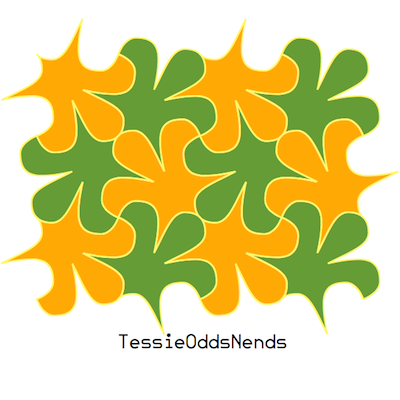I
continue to separate outlined and shadowed typefaces into parts so that the parts can be used to create more interesting colored lettering. Several of these have recently been installed at myfonts.com. Below are what the additions can do for
AlbertBetenbuch,
AndrewAndyCollege, and
BeneCryptine.

The last font is shown above is
FeggoliteHatched. What is shown above is a new member of the family, the one that should have been the first done but was not. I may still add some additional members to this family. It is monospaced as are typewriter font, but no typewriter ever had lettering like this.
Below are samples showing what layering the inside of a shadowed font on the original can produce for
Gothamburg,
Ingone, and
MuskitosCaps.

I had two shadowed versions of
NeuAltisch and the separated parts are layered with the originals in the top two samples below. Fortunately I did very few shadowings in the manner of the second sample because the same effect can be obtained by layering any font. Put down the base layer and color it with the desired shadow. Copy the layer, color it the background color, place it on the base layer and offset it a bit. This layer will create the gap between the letter and the shadow. Copy the second layer, color it the desired color of the top layer, and offset it a bit from the second layer.
The two bottom fonts,
Vglee and
WyomingStrudel, had interior ornaments. By separating out the ornaments, they can be colored and put back in layers. It would have made more sense to leave the base font plain and but that is not how the typefaces were developed.

A final font family with additions is
Grandecort. The one striped style, which was all caps, has been expanded to three: all stripes, bottom stripes, and top stripes. A new all-caps background font has been added to give color to the stripes. Also, the shadowed version of the family has had its interior extracted as a separate font so it can be layered with the original.

Some of these results can be obtained with drawing or publishing software, but
these additions make the effects easy to obtain with any program that allows layers.




















































